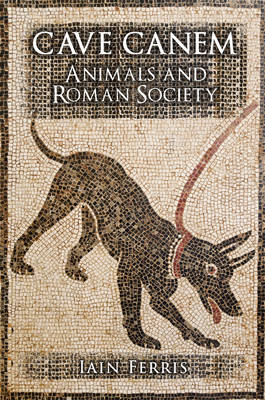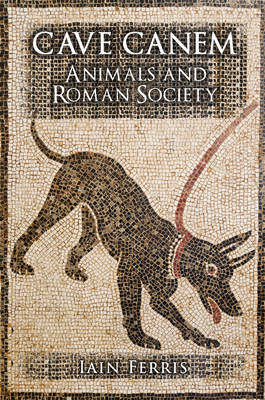
Je cadeautjes zeker op tijd in huis hebben voor de feestdagen? Kom langs in onze winkels en vind het perfecte geschenk!
- Afhalen na 1 uur in een winkel met voorraad
- Gratis thuislevering in België vanaf € 30
- Ruim aanbod met 7 miljoen producten
Je cadeautjes zeker op tijd in huis hebben voor de feestdagen? Kom langs in onze winkels en vind het perfecte geschenk!
- Afhalen na 1 uur in een winkel met voorraad
- Gratis thuislevering in België vanaf € 30
- Ruim aanbod met 7 miljoen producten
Zoeken
Omschrijving
In many ways, Roman attitudes to animals were similar to our own; they kept animals as household pets, they farmed animals for meat and hunted and fished. However, animals also played a far more significant role in Roman culture and religion - and in the Roman imagination. In this book, Dr Iain Ferris discusses the extraordinary slaughter of huge numbers of animals for entertainment in the Roman arena, their association with the gods, their place in mythology and symbolism and their use in Roman religious practice. Many of their actions towards animals are seen today as cruel, but what did animals mean for the Romans and how did they view their own actions? Cave Canem examines both written and archaeological sources, particularly visual evidence in the form of sculptures, coins, mosaics, wall paintings and decorated everyday items in order to shed light on animals in Roman culture.
Specificaties
Betrokkenen
- Auteur(s):
- Uitgeverij:
Inhoud
- Aantal bladzijden:
- 288
- Taal:
- Engels
Eigenschappen
- Productcode (EAN):
- 9781445652931
- Verschijningsdatum:
- 15/02/2018
- Uitvoering:
- Hardcover
- Formaat:
- Genaaid
- Afmetingen:
- 155 mm x 236 mm
- Gewicht:
- 598 g

Alleen bij Standaard Boekhandel
+ 55 punten op je klantenkaart van Standaard Boekhandel
Beoordelingen
We publiceren alleen reviews die voldoen aan de voorwaarden voor reviews. Bekijk onze voorwaarden voor reviews.









